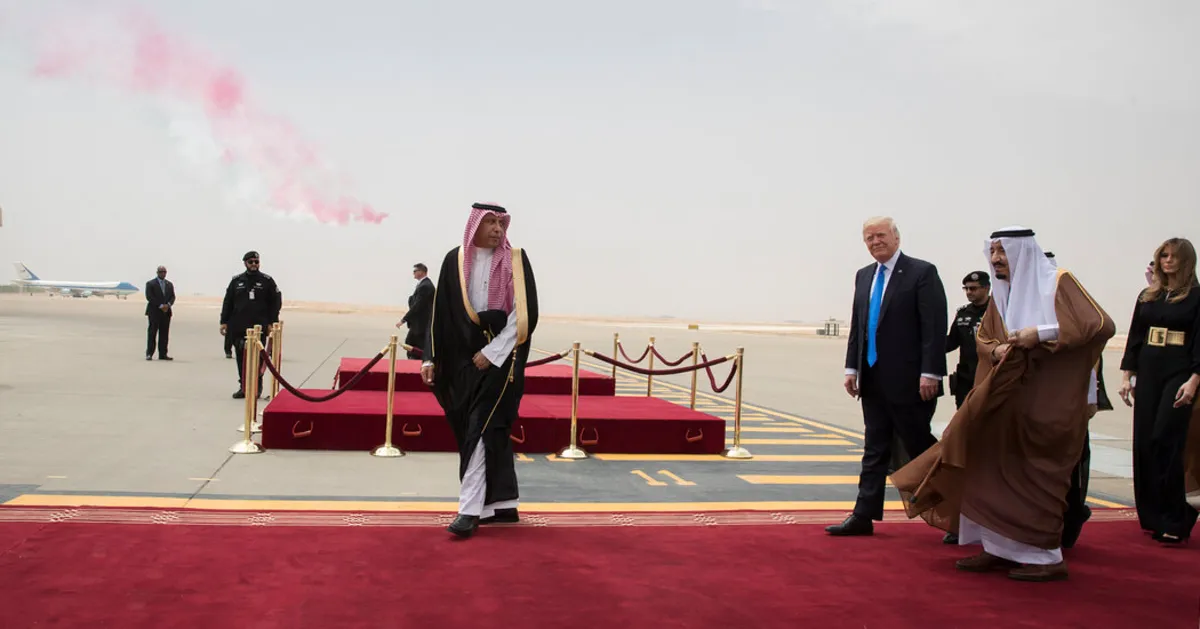
On Tuesday, President Trump will embark on a significant diplomatic visit to Saudi Arabia, armed with an ambitious wish list that includes a staggering $1 trillion in proposed investments for the United States. This amount is remarkably equivalent to the entirety of Saudi Arabia’s gross domestic product (GDP) recorded last year, highlighting the vast scale of this initiative.
The Saudi crown prince, Mohammed bin Salman, has previously expressed intentions to invest $600 billion in the United States throughout the duration of Mr. Trump’s presidency. However, economists are skeptical about the realism of both the $600 billion and the $1 trillion figures, citing various economic challenges facing the kingdom.
Saudi Arabia is grappling with a range of costly megaprojects and is currently experiencing a significant budget deficit projected to exceed $70 billion this year. The country is increasingly relying on borrowing rather than lending, which raises questions about its financial capacity to fulfill such grand investment commitments. The challenges are compounded by the current state of oil prices, which are substantially below the levels necessary to support its ambitious spending plans.
Despite these economic hurdles, Crown Prince Mohammed bin Salman pledged in January to invest $600 billion in the United States while President Trump is in office. Shortly after this declaration, President Trump referred to him as a “fantastic guy,” further solidifying the diplomatic rapport between the two leaders. In a subsequent meeting, Mr. Trump suggested that the crown prince consider increasing this investment figure to an extraordinary $1 trillion while also urging him to lower oil prices, which are pivotal to the kingdom’s wealth.
While some economists believe that Saudi investments in the United States will likely rise during President Trump’s administration, they caution that these investments are unlikely to reach the ambitious target of $1 trillion. As economic conditions evolve, the feasibility of such large-scale investments remains a topic of ongoing discussion among financial analysts.
In summary, President Trump’s visit to Saudi Arabia marks a significant moment in U.S.-Saudi relations, with lofty investment goals set against a backdrop of economic realities that challenge their realization. As discussions unfold, the world will be watching to see how these ambitious plans develop amidst the complexities of global economics.